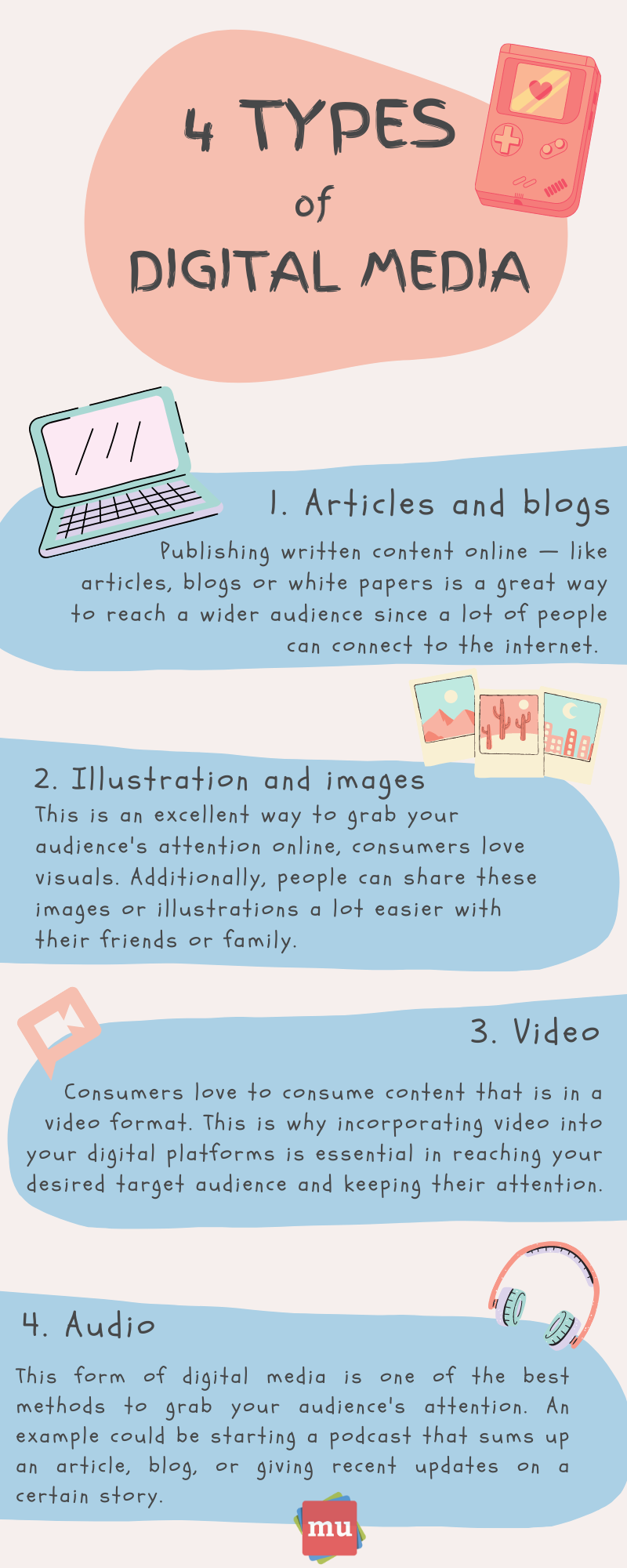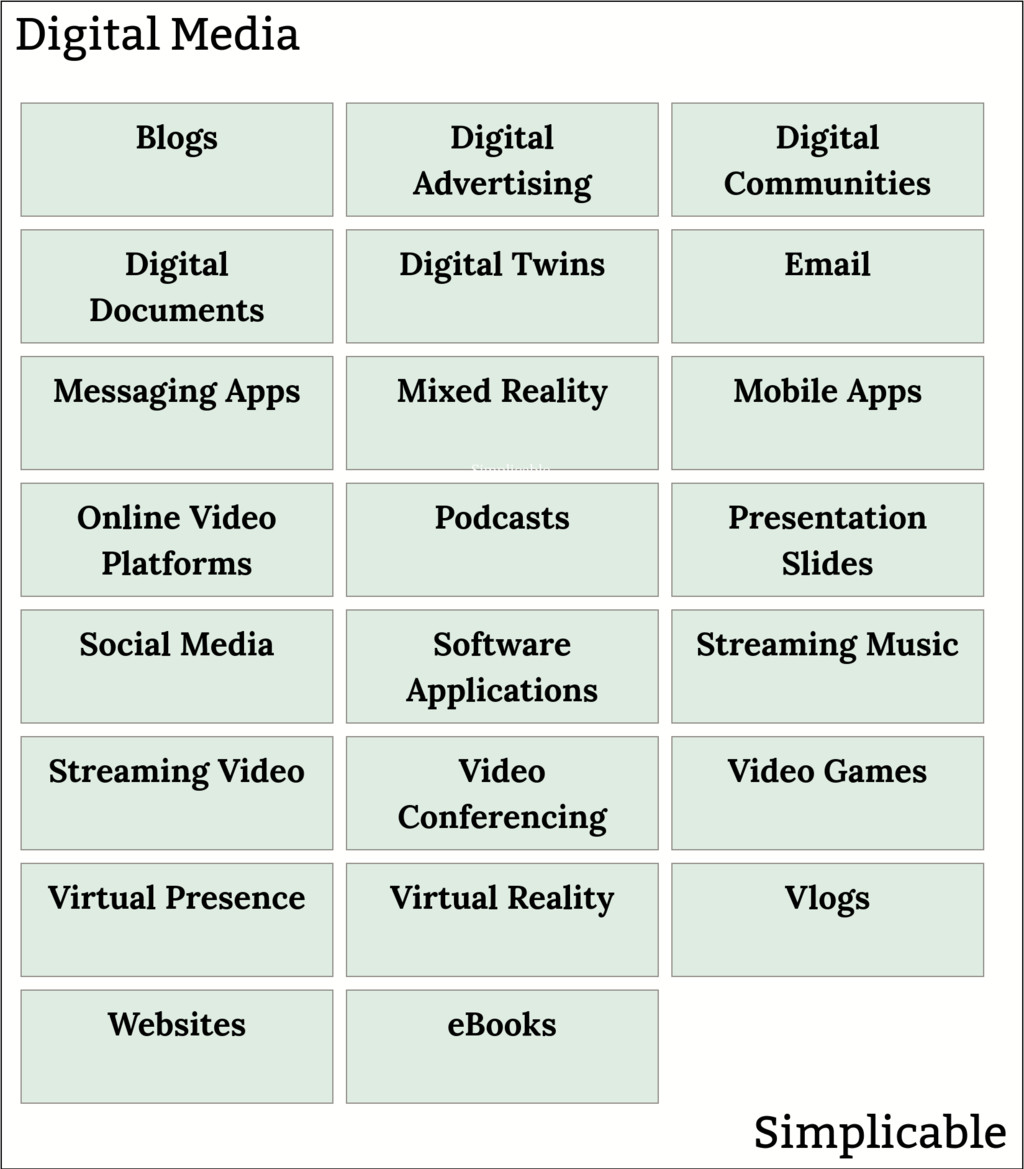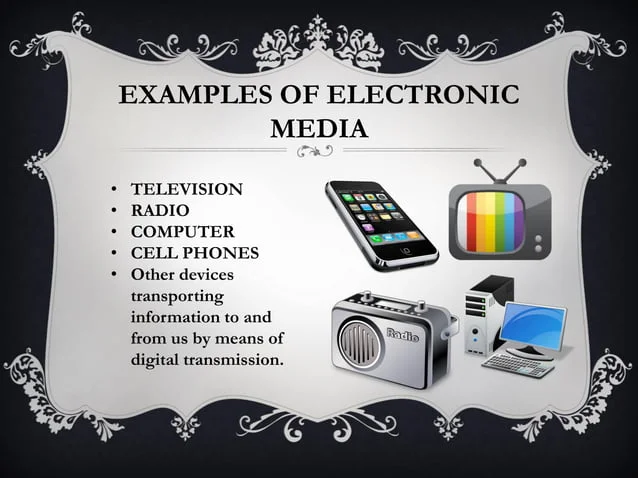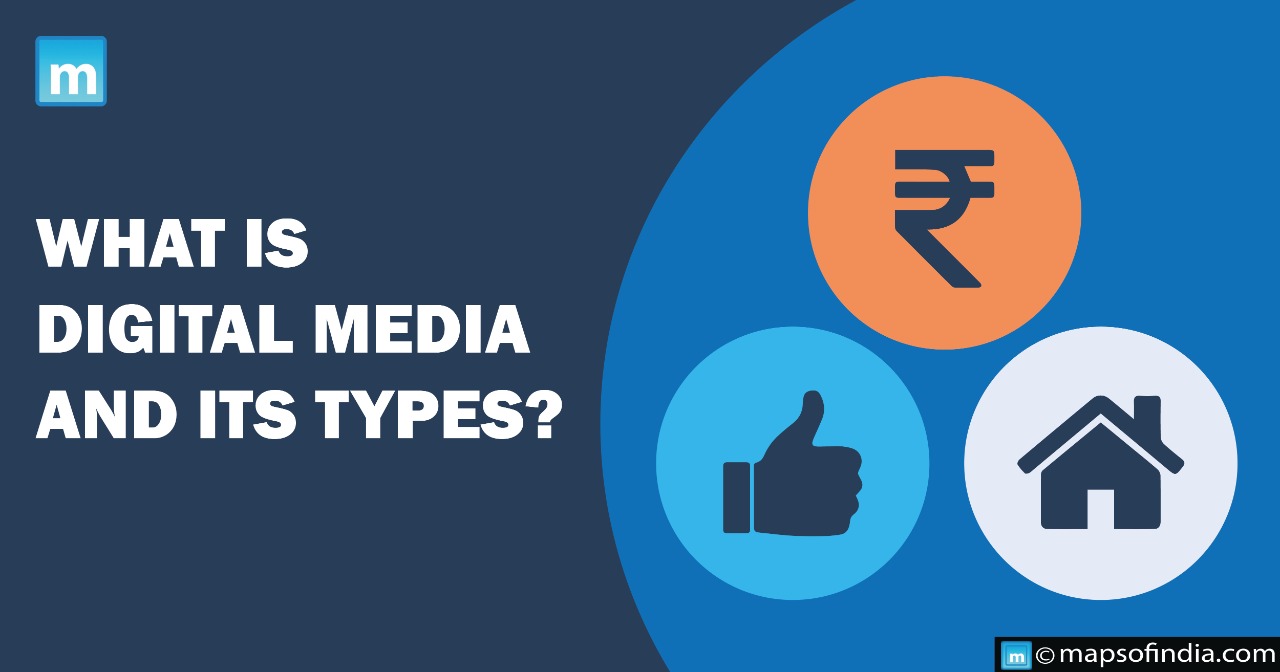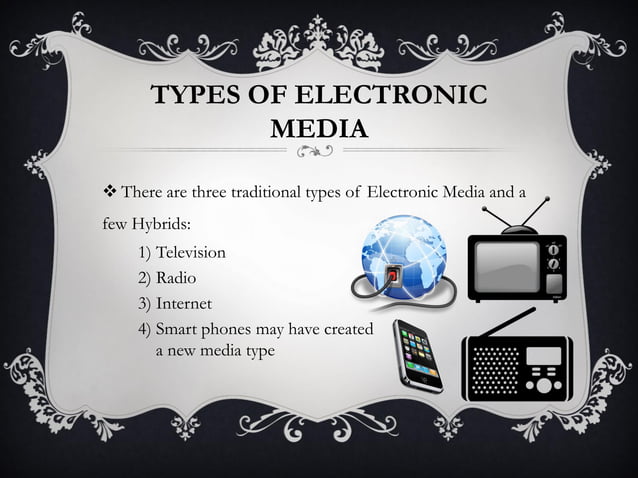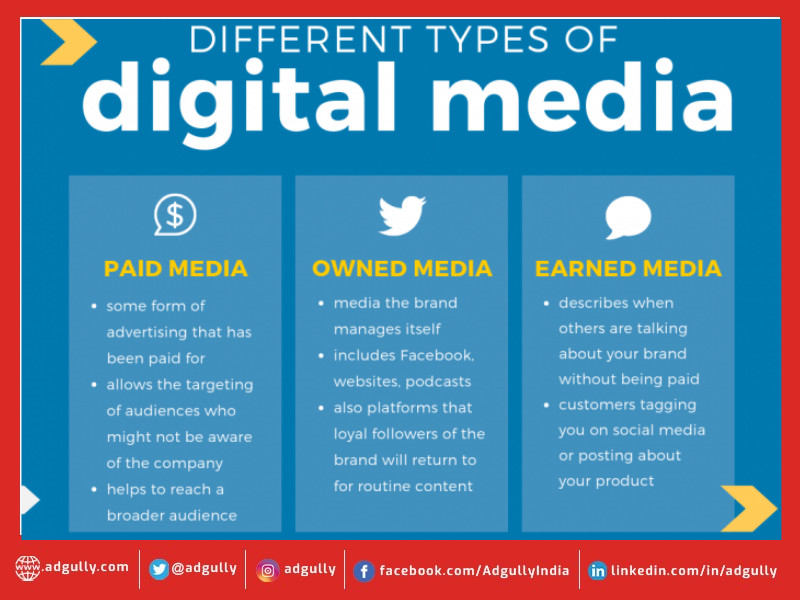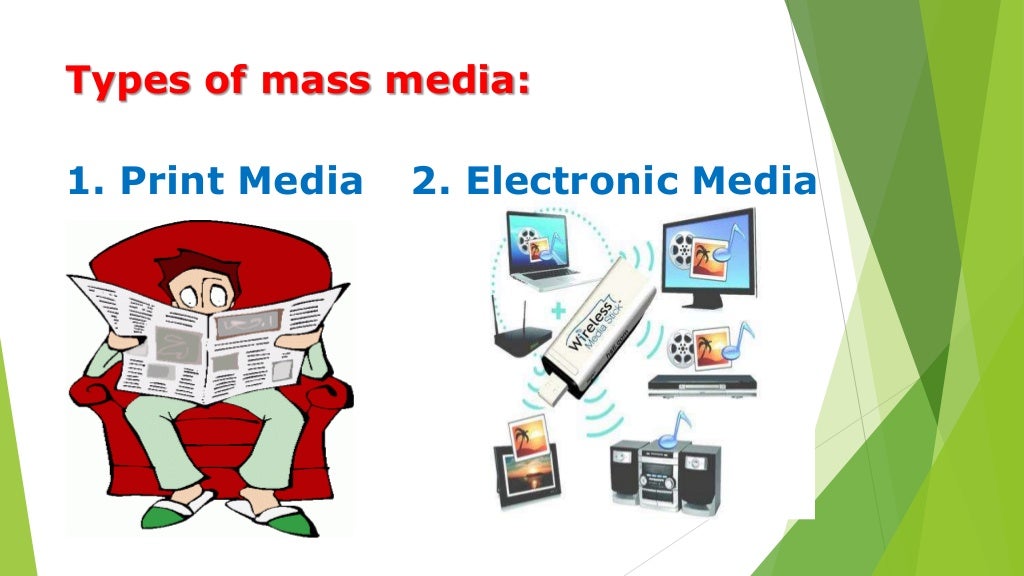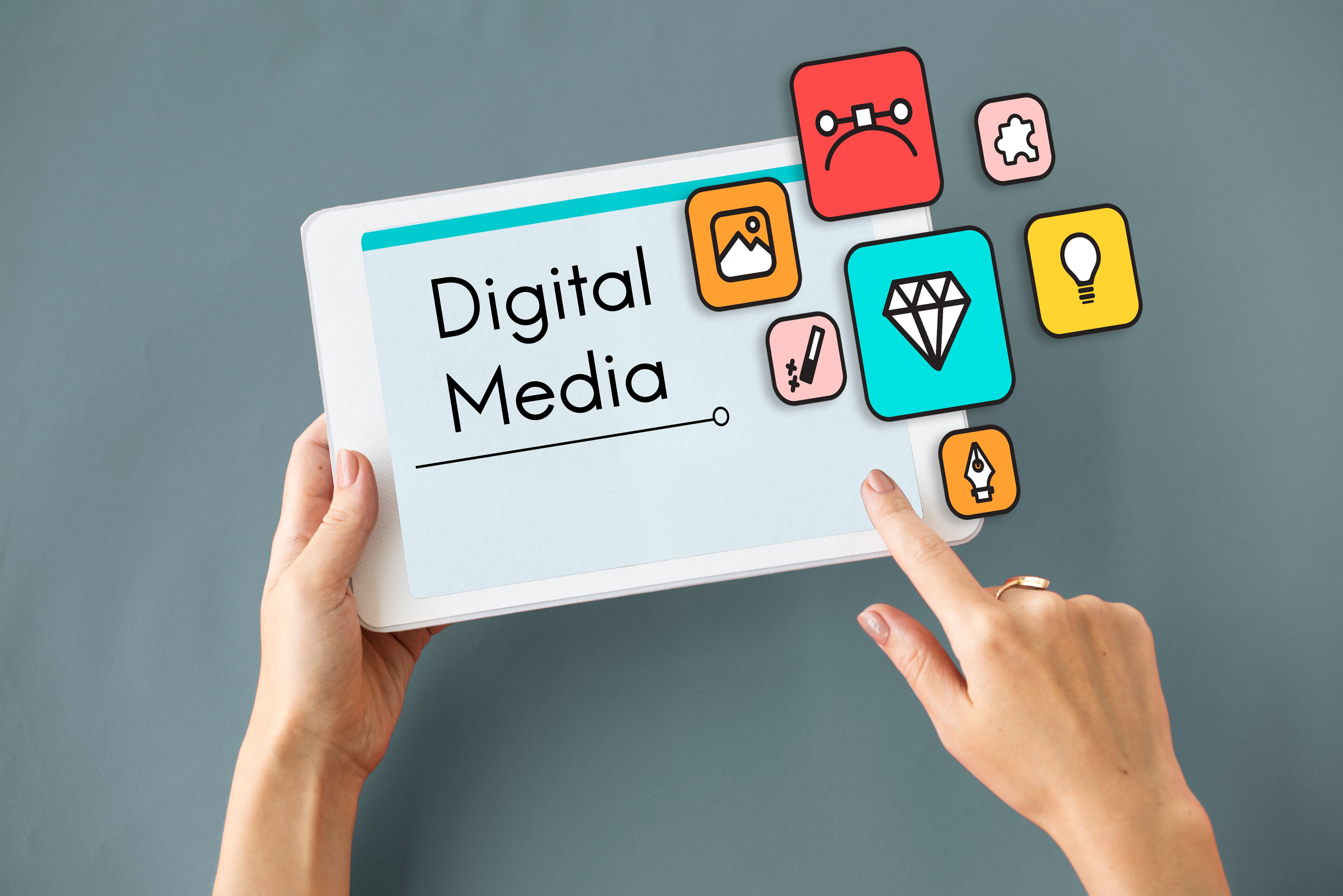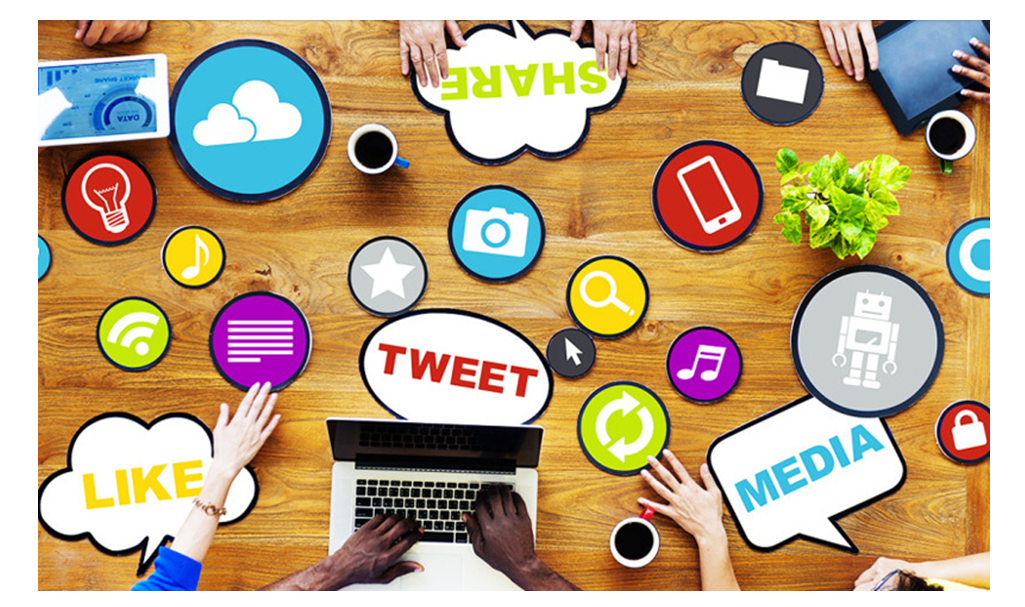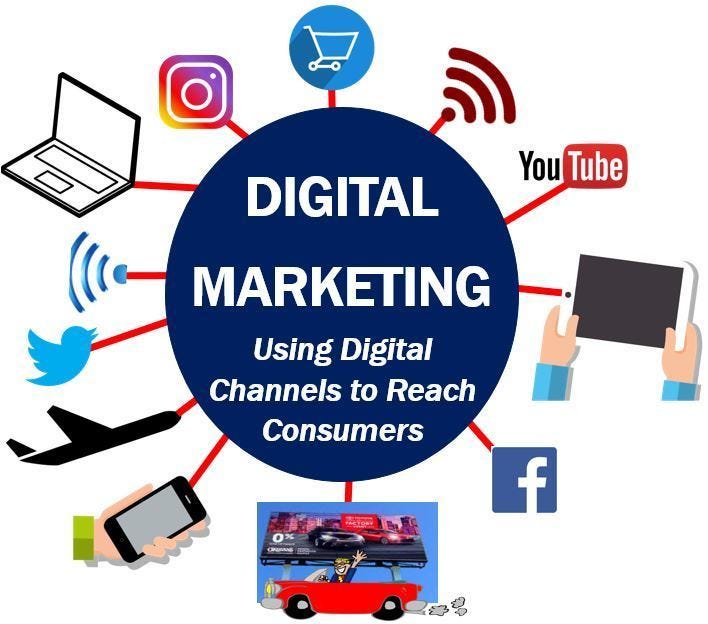Which Of The Following Is An Example Of Digital Media

In today's hyper-connected world, the question "Which of the following is an example of digital media?" seems almost trivial. Yet, beneath the surface of this seemingly simple query lies a complex and rapidly evolving landscape that shapes how we consume information, interact with each other, and even perceive reality.
The sheer ubiquity of digital media – from streaming services to social networks to online publications – often obscures a clear understanding of its definition and scope, leading to confusion and potential misinterpretations, especially as newer technologies emerge.
This article aims to dissect the core characteristics of digital media, providing clear examples and differentiating it from traditional forms of communication. We'll explore the multifaceted nature of this pervasive force and its implications for individuals, businesses, and society as a whole.
Defining Digital Media: Beyond the Screen
At its core, digital media refers to any form of media that uses electronic devices to distribute and consume information. This encompasses a broad range of formats, accessible through computers, smartphones, tablets, and other digital interfaces.
Unlike traditional media, which relies on physical mediums like paper or broadcast signals, digital media exists in the realm of binary code, allowing for instantaneous transmission and interactive engagement.
The interactive element is often a crucial differentiator between digital and traditional media.
Examples of Digital Media: A Diverse Ecosystem
To answer the initial question directly, here are several clear examples of digital media:
- Social Media Platforms: Facebook, Instagram, Twitter (now X), TikTok, and LinkedIn are prime examples. These platforms facilitate user-generated content, social networking, and information sharing.
- Streaming Services: Netflix, Spotify, Disney+, and Apple Music provide on-demand access to movies, music, television shows, and other entertainment content.
- Online Publications: News websites like the New York Times or BBC News, blogs, and online magazines distribute news and information digitally.
- Video Games: From mobile games to console games to PC games, interactive entertainment is a significant part of the digital media landscape.
- E-books and Audiobooks: Digital versions of books and audio recordings offer an alternative to physical copies.
- Podcasts: Audio programs available for download or streaming, covering a wide range of topics.
- Digital Advertising: Online advertisements displayed on websites, social media platforms, and search engines.
These examples highlight the diversity and pervasiveness of digital media in modern society.
Distinguishing Digital Media from Traditional Media
The key difference lies in the method of delivery and interaction. Traditional media like newspapers and television rely on one-way communication, where information flows from the source to the audience.
Digital media, on the other hand, allows for two-way communication and active participation. Users can comment, share, create, and interact with content in real-time.
Another key difference is the accessibility and reach. Digital media can reach a global audience instantly, while traditional media is often limited by geographic boundaries and distribution channels.
The Impact of Digital Media on Society
The rise of digital media has had a profound impact on society, transforming how we communicate, learn, and do business. It has democratized information access, empowering individuals with knowledge and facilitating global connectivity.
However, it has also presented challenges, including the spread of misinformation, concerns about privacy, and the potential for social isolation.
According to a 2023 report by the Pew Research Center, a significant portion of the population relies on social media for news, highlighting the potential for echo chambers and the spread of biased information.
The Future of Digital Media: Emerging Trends
The digital media landscape is constantly evolving, driven by technological advancements and changing user behavior. Emerging trends include the rise of virtual reality (VR), augmented reality (AR), and the metaverse.
These technologies promise to create even more immersive and interactive experiences, blurring the lines between the physical and digital worlds.
Artificial intelligence (AI) is also playing an increasingly important role, powering personalized content recommendations, automated content creation, and sophisticated data analytics.
Challenges and Considerations
As digital media continues to evolve, it is crucial to address the challenges and ethical considerations it presents.
These include the need to combat misinformation, protect user privacy, promote responsible use of social media, and ensure equitable access to digital technologies.
Addressing these challenges requires a collaborative effort from governments, technology companies, educators, and individuals.
Conclusion: Navigating the Digital Age
Understanding what constitutes digital media and its impact on society is essential for navigating the complexities of the digital age. From social media platforms to streaming services, digital media is an integral part of our lives.
By embracing critical thinking skills, promoting media literacy, and fostering responsible digital citizenship, we can harness the power of digital media for good while mitigating its potential risks.
Ultimately, the future of digital media depends on our ability to shape its development and use in a way that benefits individuals and society as a whole.
